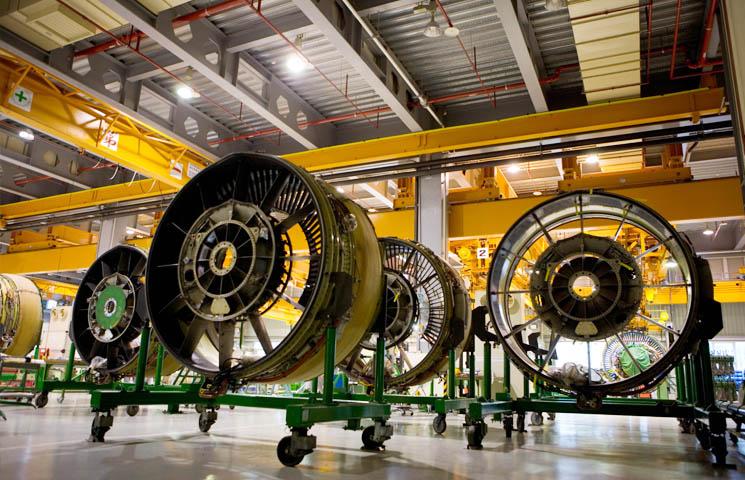
For more than two years, Asia-Pacific has been the notable laggard in the aviation and MRO market recovery from COVID-19. That is beginning to change, at least in south Asia.
Singapore, Thailand, Malaysia, Australia, New Zealand, Vietnam, The Philippines, Indonesia and India are starting to open up international routes as well as domestic ones.
As a result, ST Engineering has been “seeing more requests and inquiries for MRO services by Asian airlines with the reopening of borders in the region,” says a representative for ST Engineering.
The MRO has been constantly engaging its customers and adjusting capacity to meet demand. “With more borders reopening, we are restoring our capacity while also planning for more in the near future for airframe maintenance,” the representative adds.
Despite the opening of many international routes, ST Engineering has still been receiving more requests for narrowbody aircraft maintenance from its Asian customers.
Generally, ST Engineering is well-positioned for the increasing demand. It retained a large pool of its permanent staff during the pandemic, but had to release contract mechanics.
To the north, Korea and Japan are also loosening up, but more cautiously. Taiwan is still very tight.
Kin Chong, executive vice president of Evergreen Aviation Technologies (EGAT) and GE Evergreen, says ramp activities and component repairs on passenger aircraft have been hit hard, but the damage was partially offset by heavy maintenance on cargo aircraft. Fortunately, two-thirds of EGAT’s business is from outside Asia-Pacific, and the MRO continues to support demand from the Americas and Europe.
Kin says the recent drop in Chinese domestic flights has not affected EGAT significantly, however, “The recovery remains muted as draconian quarantine measures implemented by the local Taiwan government, as well as China, continue to be enforced for all incoming travelers, both residents and visitors, decimating non-essential travel in and out of the country.” Kin is expecting only gradual recovery as more governments learn to deal with COVID-19 as endemic, rather than as a pandemic.
The GE Evergreen engine shop is now seeing signs of market recovery with a gradual increase in shop visits starting in the fourth quarter of 2022. “We’re expecting engine induction volume to return to pre-COVID level next year in 2023,” Kin says.
Supply chain issues, especially part shortages, are beginning to worry EGAT. “Lack of skilled mechanics is near, if not at the very top of the issues/priorities bucket list,” Kin says.
Mainland China continues to be a special case, with recent operations following a rollercoaster pattern. China’s domestic flying actually topped pre-COVID levels in mid-February, plummeted to less than a quarter of 2019 levels during early April’s lockdowns against new infections and appear to be making a slow, stuttering recovery since then.
Nevertheless, Chinese MROs are planning for long-term growth. In late February, Ameco opened its fourth maintenance station in Hengyang, and in late April Gameco agreed to be the authorized repair center for Spirit AeroSystems in China. In February and March, HAECO added important landing gear repair capabilities.




